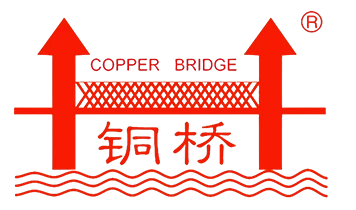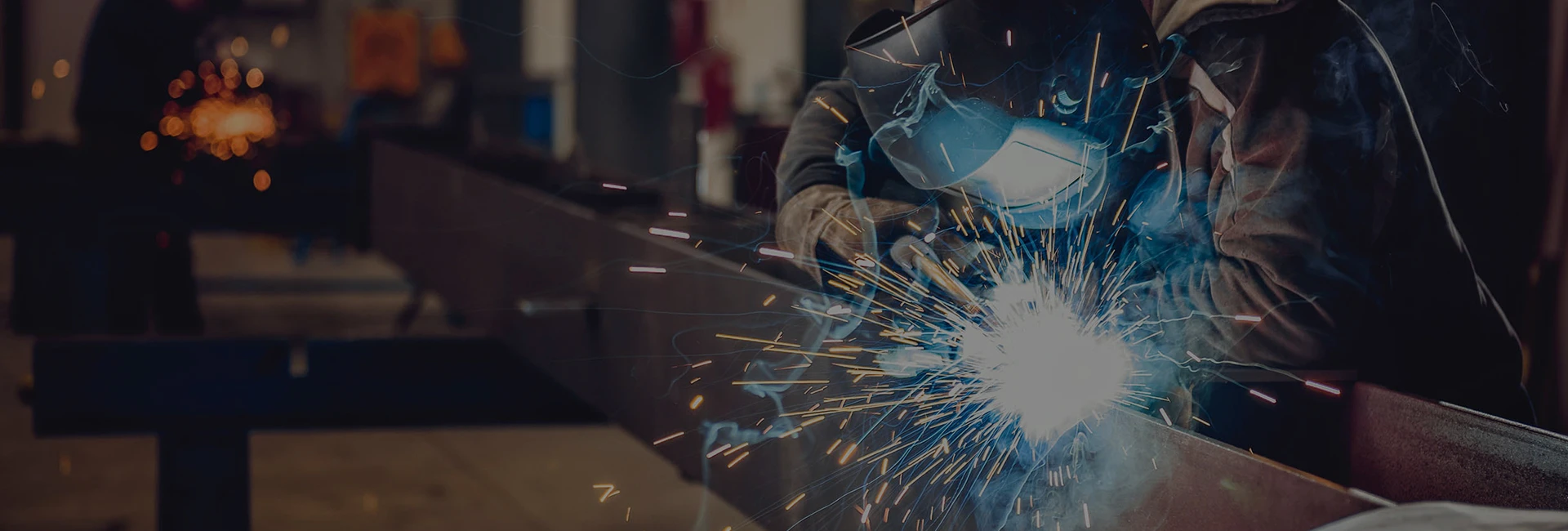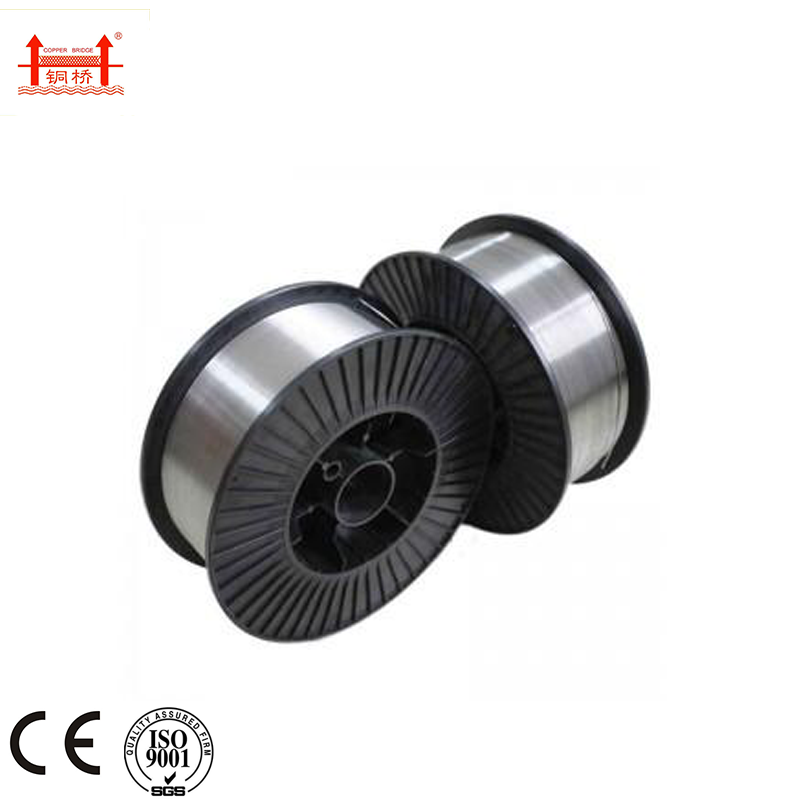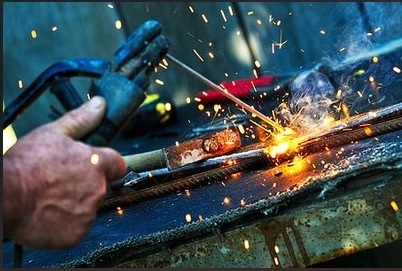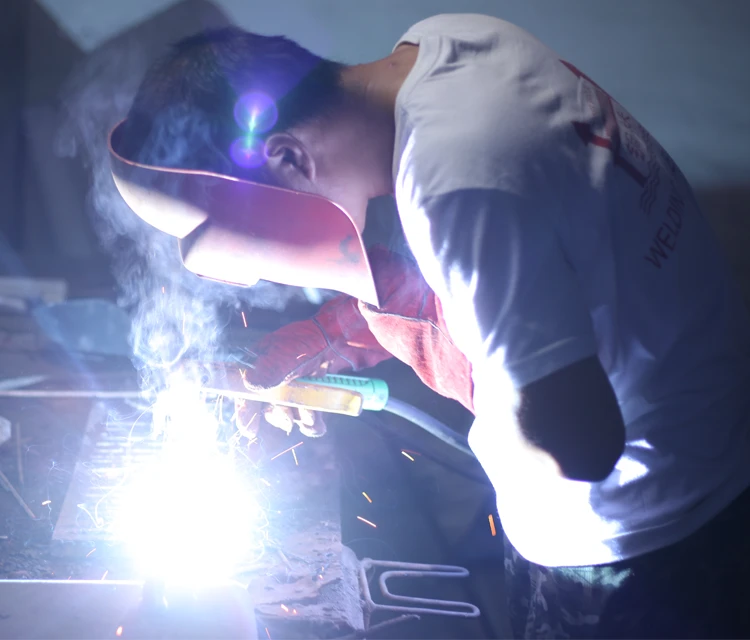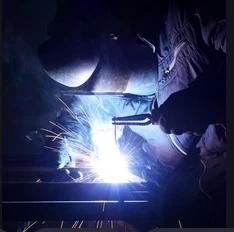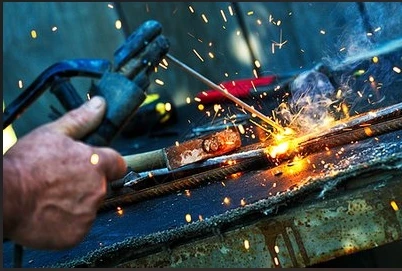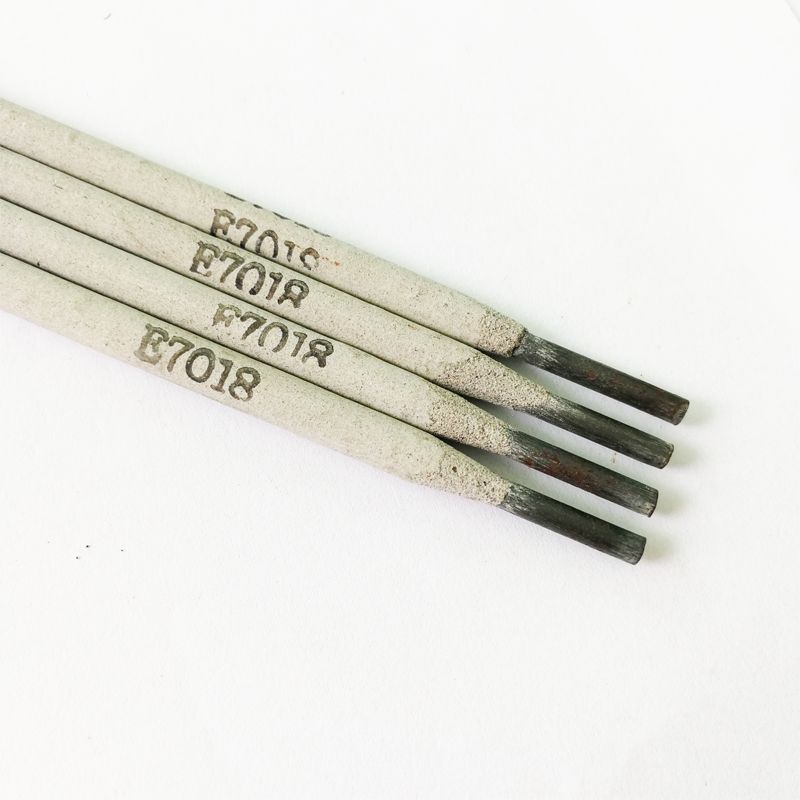Comprehensive Guide on the Difference Between 6011 and 7018 Welding Electrodes
Nov . 17, 2025 17:30
The Difference Between 6011 and 7018 Welding Electrodes: Why It Still Matters Globally
Welding, a craft as old as industrial progress itself, carries many nuances — especially when it comes to choosing the right electrode. The difference between 6011 and 7018 welding electrodes remains a frequently searched topic among both professionals and learners worldwide. But why does it matter on such a big scale? Well, understanding these two electrodes can drastically improve weld quality, longevity, and safety in everything from pipe fabrication across harsh environments to critical infrastructure projects in developing or disaster-prone regions.
Global industries, aided by data from standards organizations like ISO and observations by international trade and safety bodies, constantly seek better weld integrity to reduce failures, accidents, and costs. So knowing the difference between 6011 and 7018 isn’t just technical trivia — it’s a doorway to more reliable, sustainable welding outcomes.
Why Should Anyone Outside Welding Care?
Take for instance infrastructure rebuilding efforts in remote areas or developing nations. Choosing the wrong electrode can cause equipment downtime, safety hazards, and budget overruns — which ripple into economic and social disruption. Hence, this knowledge transcends the weld shop to impact global priorities like sustainable development and humanitarian aid.
Breaking Down the Difference Between 6011 and 7018: What Are They?
Simply put, 6011 and 7018 are two popular types of arc welding electrodes, each with unique properties and best-use scenarios.
- 6011 electrode: Known for its deep penetration and ability to weld through rust, paint, and dirt. It works well with AC and DC currents and is popular for maintenance or farm equipment welding due to its versatility.
- 7018 electrode: Renowned as a low-hydrogen, rod that yields strong, smooth welds ideal for structural steel and pressure vessels. It requires DC current and a dryer storage method but offers excellent ductility and crack resistance.
Industrially, these rods represent complementary tools that, when chosen rightly, meet diverse project and environmental demands. Oddly enough, despite both being “stick electrodes,” their core chemistry, usability, and finished weld quality are quite different — almost like chalk and cheese when you’re in the trenches.
Mini takeaway:
Understanding weld rod basics equips you to pick the right tool — which is the first step in avoiding rework, re-welding, or worse, structural failure.
Key Factors That Define the Difference Between 6011 and 7018
1. Penetration & Weld Appearance
6011 is prized for its deep penetration qualities, which allows it to effectively clean contamination on metals and fuse through thick layers. The weld bead often appears rougher. Meanwhile, 7018 creates a smoother bead, with less spatter, focusing more on mechanical strength than aggression.
2. Electrode Coating & Current Types
6011 electrodes have an acidic flux coating suitable for both AC and DC currents, giving it flexibility in field conditions. On the other hand, 7018’s coating is low-hydrogen alkaline, requiring DC only, and sensitive to moisture—making it a bit fussier to handle.
3. Mechanical Properties & Usage
7018 welds bear higher tensile strength and toughness, ideal for structural steel and critical assemblies. 6011, while versatile, is generally used in non-critical applications or maintenance.
4. Storage & Handling Requirements
Because 7018 rods are sensitive to moisture, they must be stored in rods ovens. 6011 rods are less demanding, a fact appreciated in less controlled environments.
5. Cost and Accessibility
6011 rods are typically less expensive and more readily available worldwide, making them a go-to especially in developing regions. 7018's higher quality demands come with higher cost and logistical care.
Mini takeaway:
The choice hinges on what matters most: weld quality, environment, ease of use, or budget.
Real-World Applications of 6011 and 7018 Electrodes Across the Globe
Walk through any oil rig in the Gulf of Mexico or bridge repair yard in northern Europe, and you’ll spot the telltale bead left by a 7018 rod. High-strength pipeline welds or heavy structural steel all lean heavily on 7018 for safety reasons.
Meanwhile, 6011's resilience to dirt and rust makes it invaluable in agricultural mechanization in South America, or rapid repair work in Africa, where perfect shop conditions are rare.
International aid groups use these electrodes in rebuilding after earthquakes or floods. For instance, NGOs working in Southeast Asia rely on 6011 when conditions are damp and unpredictable, while opting for 7018 for engineered steel frame assembly.
Vendor Product Specification Table: 6011 vs. 7018
| Specification | 6011 | 7018 |
|---|---|---|
| Typical Current Type | AC/DC | DC Only |
| Tensile Strength (psi) | ~60,000 | ~70,000 |
| Weld Bead Appearance | Rough / Spattered | Smooth / Clean |
| Penetration | Deep (Good for dirty/rusty metal) | Moderate (Clean Metal Preferred) |
| Storage Needs | Standard Dry Storage | Rod Oven (Low Humidity) |
| Typical Usage | Maintenance, Farm Equipment, General Repair | Structural Steel, Pressure Vessels, Pipelines |
Advantages & Long-Term Value of Choosing the Right Electrode
- Cost efficiency: Prevents costly re-work or structural failure by matching electrode to task.
- Sustainability: Longer-lasting welds mean fewer replacements and resource use.
- Safety: Correct electrode use dramatically reduces fatigue cracks and weld defects, protecting workers and users.
- Social impact: Reliable infrastructure aids community resilience post-disaster or during industrial growth.
Many welders tell me the “trust” you get from a strong 7018 bead simply can’t be overstated — it’s a quiet confidence in your work that’s rare in many trades.
Future Trends in Welding Electrodes: What Lies Ahead for 6011 and 7018?
Technology doesn’t ignore electrodes — in fact, the welding industry is seeing innovations aimed at moisture-resistant coatings for 7018, enabling better field performance. Automation with robotic welding systems often favors 7018 for consistency, while 6011 stays popular in manual repairs.
On the sustainability front, manufacturers are testing low-VOC coatings and eco-friendlier flux materials — trends aligning with global emissions goals. Digital tracking of electrode batches for quality and traceability could also become standard soon.
Common Challenges & How Experts Tackle Them
One big headache: 7018’s sensitivity to moisture can sometimes halt projects in wet climates. Innovative portable drying ovens and better packaging have helped but humidity control remains a challenge.
For 6011, its rough bead appearance can be seen as a disadvantage in finished work needing aesthetic or fatigue resistance. Skilled finishing or choosing 7018 post-repair is recommended by pros.
FAQ: Common Questions About the Difference Between 6011 and 7018
- Which electrode is better for outdoor repairs in a rusty environment?
- 6011 is often preferred outdoors as it can effectively penetrate rust and paint, enabling solid welds even on less-than-perfect surfaces.
- Can I use 7018 rods on both AC and DC welding machines?
- No, 7018 electrodes require DC current for optimal performance and weld properties. Using AC could lead to weld defects and rod instability.
- How should I store 7018 electrodes to maintain quality?
- 7018 rods require dry storage, ideally in a rod oven at 250°F (121°C), to keep the low-hydrogen coating intact and prevent moisture-related cracking.
- Are 6011 and 7018 rods interchangeable in structural welding?
- While 6011 rods can weld steel, for critical structural work, 7018 is recommended due to its superior strength, ductility, and crack resistance.
- Where can I learn more about welding rod choices?
- Check out professional welding standards like AWS (American Welding Society) or visit our detailed electrode info page for expert insights.
Quick Vendor Comparison: Popular 6011 and 7018 Electrode Suppliers
| Feature | Vendor A | Vendor B | Vendor C |
|---|---|---|---|
| 6011 Rod Availability | Wide Stock, Competitive Price | Limited Colors, Moderate Price | Global Shipping Options |
| 7018 Quality Certification | AWS & ISO Certified | AWS Certified | ISO & Customer Audit Passed |
| Packaging & Storage | Vacuum Pack with Ovens | Standard Boxes Only | Sealed Military Grade |
| Pricing Tier | Mid-Range | Budget | Premium |
Wrapping It Up: Why Know the Difference?
So many factors come into play upon deciding between 6011 and 7018 electrodes. It’s not just about a rod’s chemistry or brand — it’s about safety, longevity, project success, and — frankly — peace of mind. Whether you’re managing repairs in rugged field conditions or assembling critical infrastructure, picking the right electrode pays dividends beyond the weld pool.
Curious to dive deeper or ready to choose the right welding electrode for your project? Visit our website at https://www.jinlongweldingelectrode.com for expert guidance, product specs, and support designed to help you weld with confidence.
References
Related Video


